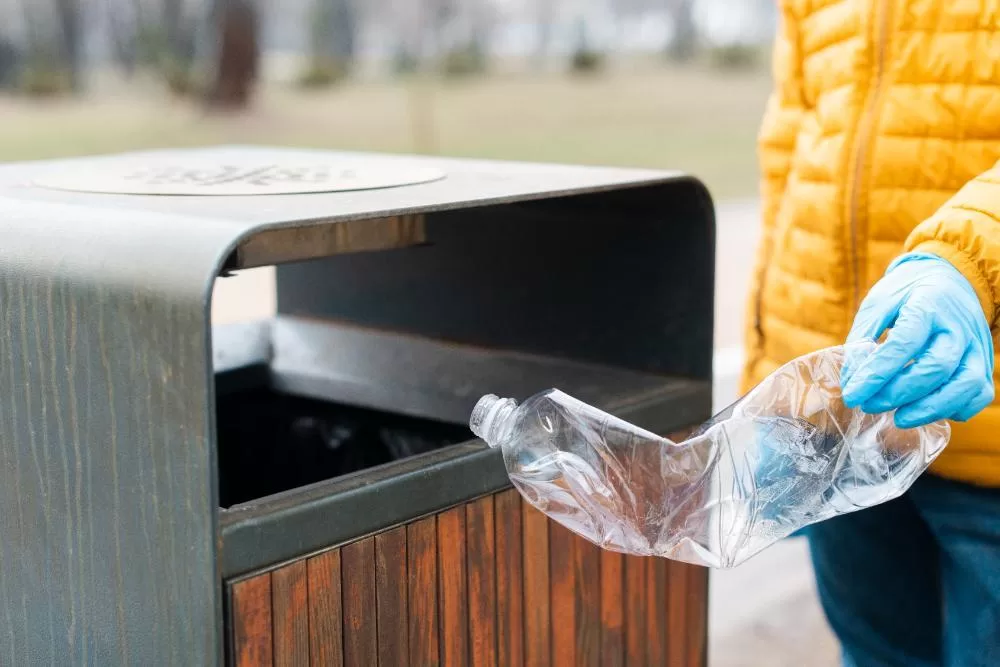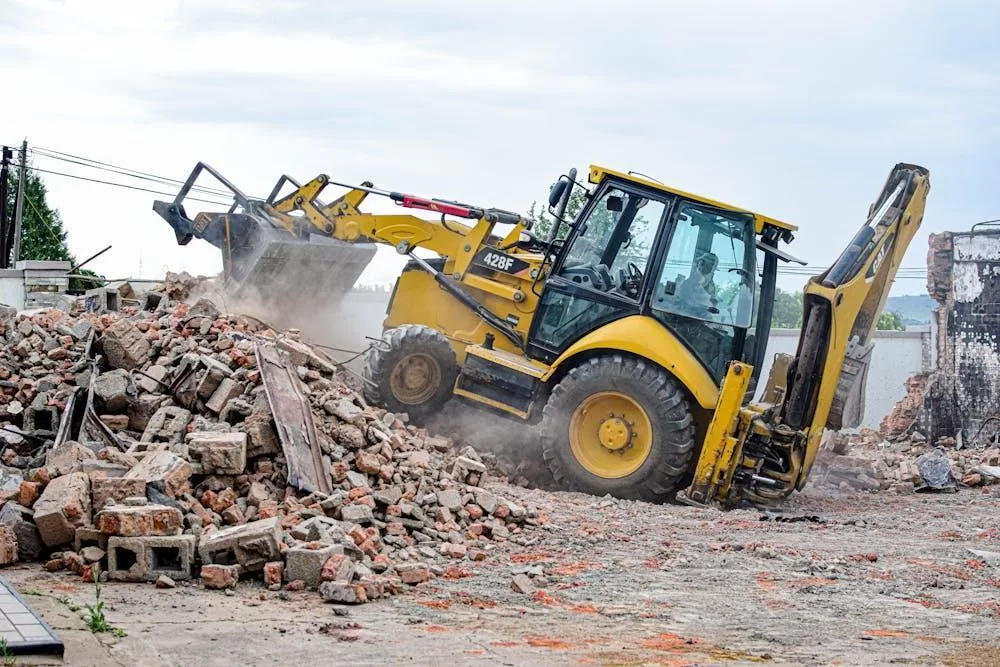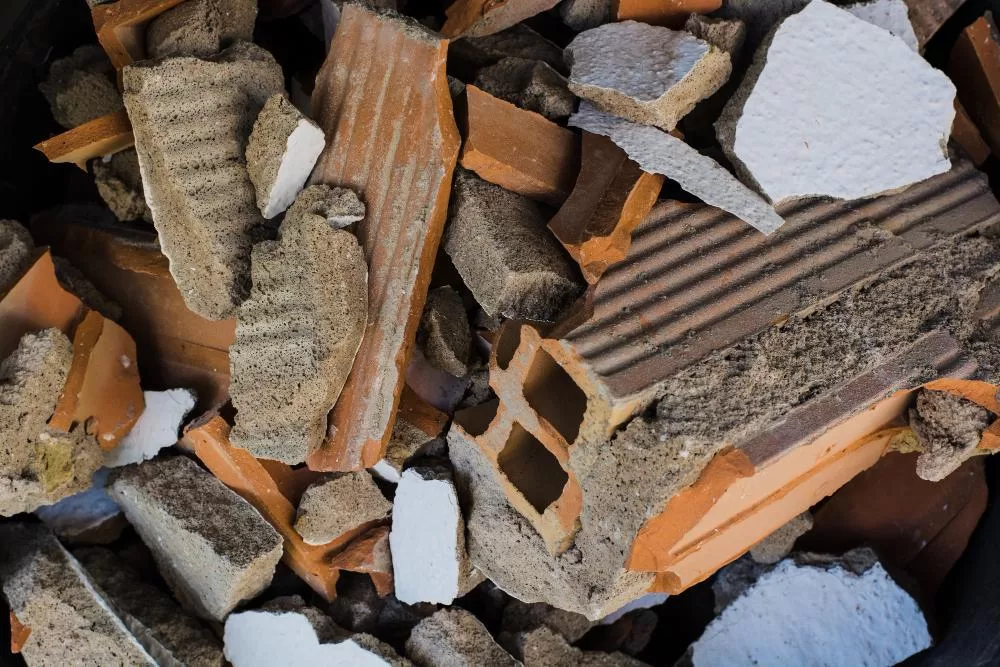The Internet of Things (IoT) is rapidly transforming how we live and work, connecting devices and systems in unprecedented ways. From smart homes to wearable technology, IoT is revolutionising various industries, and waste management is no exception.
For a waste management company in Singapore, like BNL, IoT helps to develop smarter, more efficient, and sustainable waste management solutions. In this blog post, we explore how IoT is revolutionising waste collection and paving the way for a greener future.
IoT in Waste Management: An Overview
The Internet of Things (IoT) refers to a network of interconnected devices embedded with sensors, software, and connectivity, enabling them to collect and exchange data. In the context of waste management, IoT is transforming traditional practices by providing real-time insights into waste generation, collection, and disposal processes.
Imagine bins equipped with sensors that can detect fill levels and automatically alert waste collectors when they need to be emptied. This eliminates unnecessary trips, optimises collection routes, and reduces fuel consumption and emissions. Furthermore, IoT sensors can monitor the types of waste being disposed of, providing valuable data for waste analysis and recycling initiatives.
The potential of IoT in waste management extends beyond simple collection optimisation. It can improve the efficiency of waste management operations, lead to significant cost savings for waste management companies, contribute to a more sustainable approach to waste management, and improve public health.
Smart Bins and IoT-Enabled Devices
At BNL, we leverage the power of IoT to enhance our waste disposal services and provide users with smarter solutions. One of the key technologies we employ is the use of smart bins equipped with sensors as part of a smart city waste management strategy.
These smart bins are more than just receptacles for waste; they are intelligent devices that can:
- Monitor Fill Levels: Sensors within the bins can detect the level of waste, providing real-time data on how full the bin is. This eliminates the need for manual inspections and ensures that bins are emptied only when necessary.
- Track Waste Composition: Some smart bins are equipped with sensors that can analyse the types of waste being disposed of. This data can be used to identify areas where rates of plastic recycling in Singapore can be improved or to track the effectiveness of waste segregation initiatives.
- Detect Temperature and Other Variables: Sensors can also monitor temperature, humidity, and other environmental factors within the smart bin. This data can be used to detect potential issues, such as fires or the build-up of hazardous gases.
- Communicate Data in Real-Time: The data collected by these sensors is transmitted wirelessly to a central monitoring system, providing real-time insights into waste generation and collection needs.

Real-Time Monitoring and Data Analytics
The true power of IoT in waste management lies in its ability to provide real-time data and insights. At BNL, we utilise this data to optimise our waste collection strategies, improve efficiency, and enhance our service offerings.
Real-time data from our smart bins and IoT-enabled devices allows us to:
- Optimise Collection Routes: By knowing exactly which bins are nearing capacity, we can dynamically adjust collection routes, ensuring that our vehicles only visit bins that require emptying. This minimises travel time, reduces fuel consumption, and lowers our carbon footprint.
- Improve Collection Scheduling: Real-time data enables us to predict when bins will reach capacity, allowing us to schedule collections more efficiently. This prevents overflowing bins, reduces service disruptions, and ensures timely waste removal.
- Respond to Issues Proactively: Sensors can detect anomalies such as fires or unusual temperature fluctuations within bins, enabling us to respond proactively to potential issues before they escalate.
Beyond real-time monitoring, we also leverage data analytics to gain a deeper understanding of waste generation patterns. This analysis helps us to:
- Identify trends in waste generation, such as seasonal variations or changes in waste composition.
- Allocate resources effectively, ensuring that our services are tailored to the specific needs of each location.
- Improve recycling rates and reduce the amount of waste sent to landfills.
IoT: The Future of Smarter Waste Management
The Internet of Things is revolutionising waste management, offering innovative solutions to improve efficiency, reduce costs, and enhance sustainability. By connecting devices, collecting data, and providing real-time insights, IoT is transforming how we manage waste in Singapore.
BNL is proud to be at the forefront of this technological revolution, leveraging IoT to provide users with smarter, more sustainable waste management solutions. From smart bins and real-time monitoring to data analytics and route optimisation, we are committed to harnessing the power of technology to create a cleaner, greener future.



